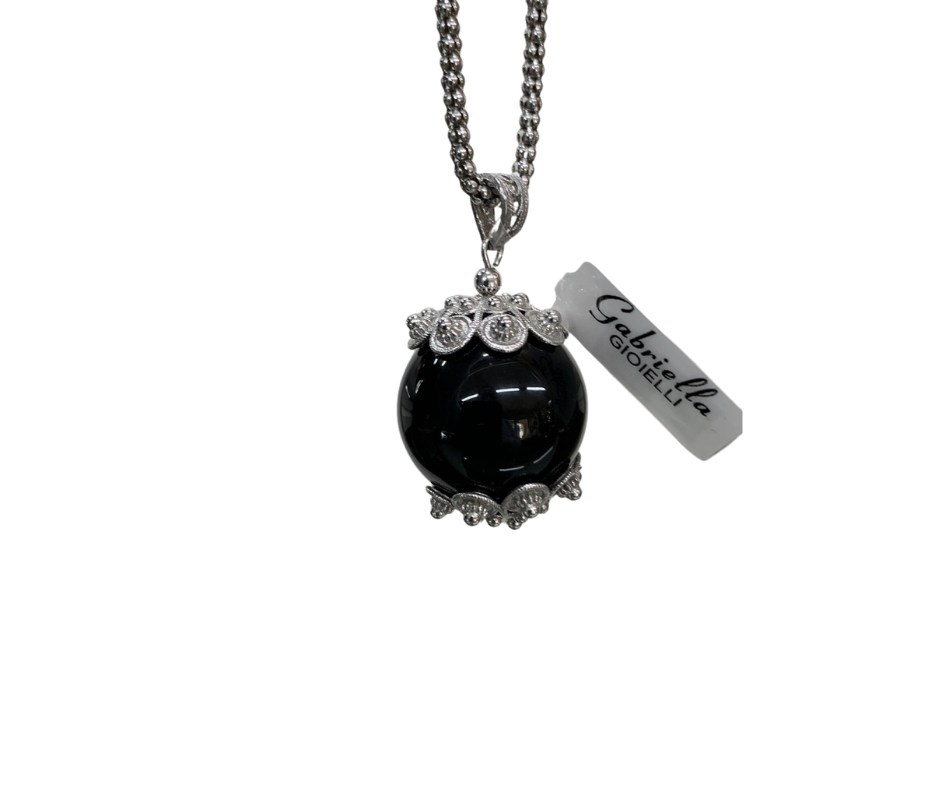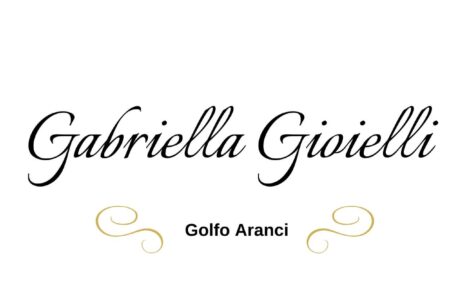Su Coccu
Su Coccu is a traditional Sardinian amulet. According to the popular ancient tradition, it’s purpose is to protect those who wear it from the negative energies and influxes.
Su Coccu is a black stone, smooth and hard, usually Black Onyx or Obsidian embed between two small silver bowls.
The spherical shape, which is meant to remind that of an eye, according to the tradition symbolises the “good” eye and is counterposed to the “evil” eye, neutralising its negative influences.
The duty of the stone, is hence, that of alleviating every pain of the wearer, preserving it from the aggression of venomous animals and most importantly of “toxic” people.


The protective function of the stone, though, is narrated to require some particular and specific prayers in the Sardinian language in order to be activated. These prayers are called “Is Brebus”.
Legend and tradition claim that the stone absorbs negative influxes, holding them back inside itself, and that, in the eventuality that these would result too strong, it would break or detach from the amulet, leaving the wearer unharmed though.
In the past, Su Coccu was given to future newborn infants by grandmothers or by the godmother. It had to be pinned to the clothes of the infant with a silver brooch at the height of the heart, or in alternative, it could also be pinned to the baby carriage instead, in order to protect the child from the envious eyes that could have looked at him.
In case the amulet would remain intact until the growth of the child, this would then have to be tied to the wrist with a green silk ribbon.
Traditionally, future spouses too received Su Coccu as a gift, with the addition of red coral (symbol of love) and white agate (symbol of purity), so that it would protect both her and her relationship.

With time, the use of the Su Coccu has developed some variations: as the traditional Sardinian dress fell in disuse in daily life, the utilisation of pinning the brooch on the veil or on the bodice has fallen into disuse as well.
Thenceforth in fact, today the amulet is often found set inside jewels such as bracelets, rings, earrings and pendants.
The tradition rigorously demanded that the stone be received as a gift, while today, despite the practice of giving it still being very widespread, many choose to buy it for themselves instead.





